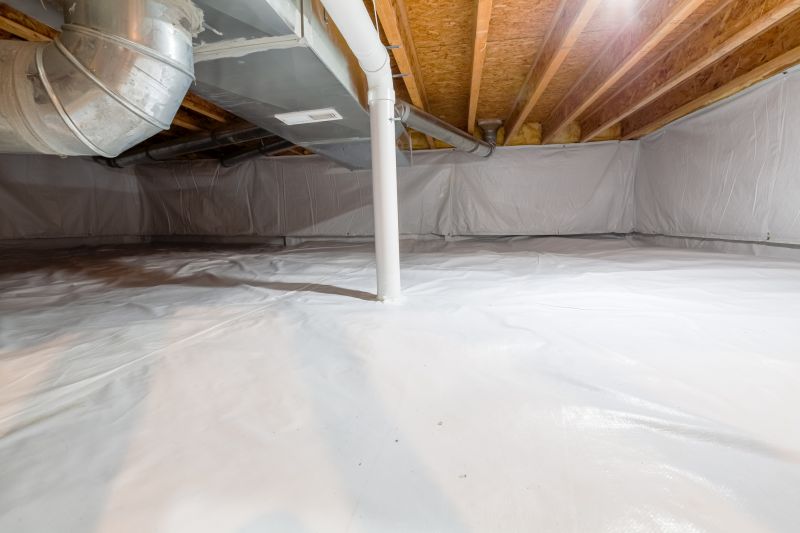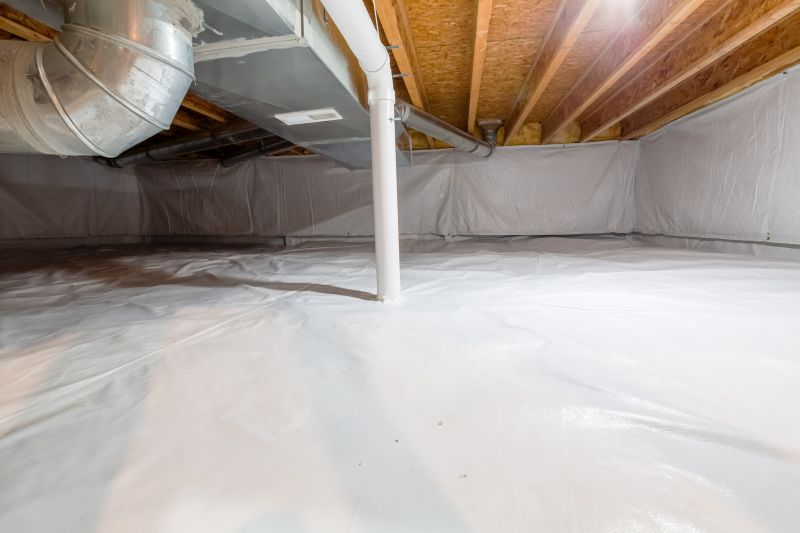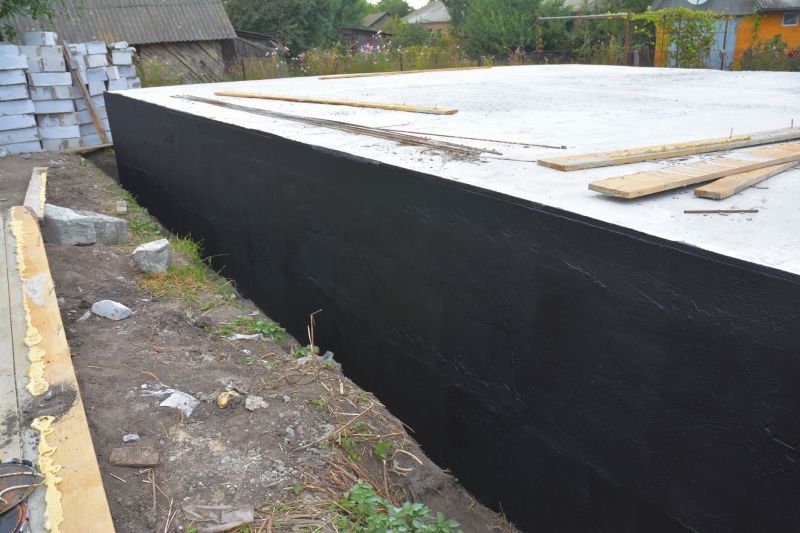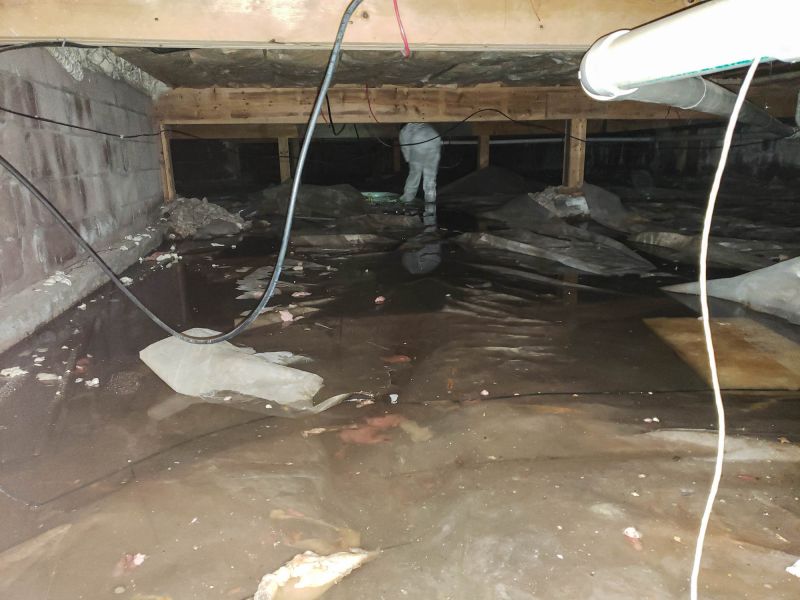Advanced Crawlspace Vapor Barrier Installation
Crawlspace encapsulation is a comprehensive process that involves sealing and insulating the crawlspace area to prevent moisture intrusion, improve air quality, and enhance energy efficiency. Proper encapsulation can significantly reduce the risk of mold growth, wood rot, and pest infestations, contributing to a healthier and more stable home environment.
Encapsulation prevents excess moisture from entering the crawlspace, reducing the likelihood of mold and mildew development which can compromise structural integrity and indoor air quality.
Sealing the crawlspace helps maintain consistent indoor temperatures, lowering heating and cooling costs by reducing energy loss through the foundation.
Reducing mold spores and dust mites in the crawlspace improves indoor air quality, which can alleviate allergy and asthma symptoms for occupants.
Encapsulation minimizes wood rot and pest damage, extending the lifespan of the foundation and reducing long-term repair costs.

A fully sealed and insulated crawlspace showcasing the effectiveness of encapsulation.

High-quality vapor barrier installed to prevent moisture intrusion.

Proper insulation installed to enhance energy efficiency and temperature control.

A clean, dry, and protected crawlspace ready to support a healthier home environment.
Failing to encapsulate a crawlspace can lead to increased moisture levels, mold growth, and pest issues, all of which can deteriorate the foundation and compromise indoor air quality. Studies indicate that homes with unsealed crawlspaces can experience energy costs up to 15% higher due to heat loss. Additionally, moisture-related problems may result in costly repairs and health concerns over time.
| Benefits of Crawlspace Encapsulation | Risks of Not Encapsulating |
|---|---|
| Reduces mold growth | Increases risk of mold and mildew |
| Improves indoor air quality | Promotes dust mites and pest infestations |
| Enhances energy efficiency | Leads to higher heating and cooling costs |
| Protects structural elements | Causes wood rot and foundation damage |
| Prevents pest entry | Allows pests to enter and nest |
| Controls humidity levels | Results in excess moisture and condensation |
| Extends foundation lifespan | Accelerates foundation deterioration |


